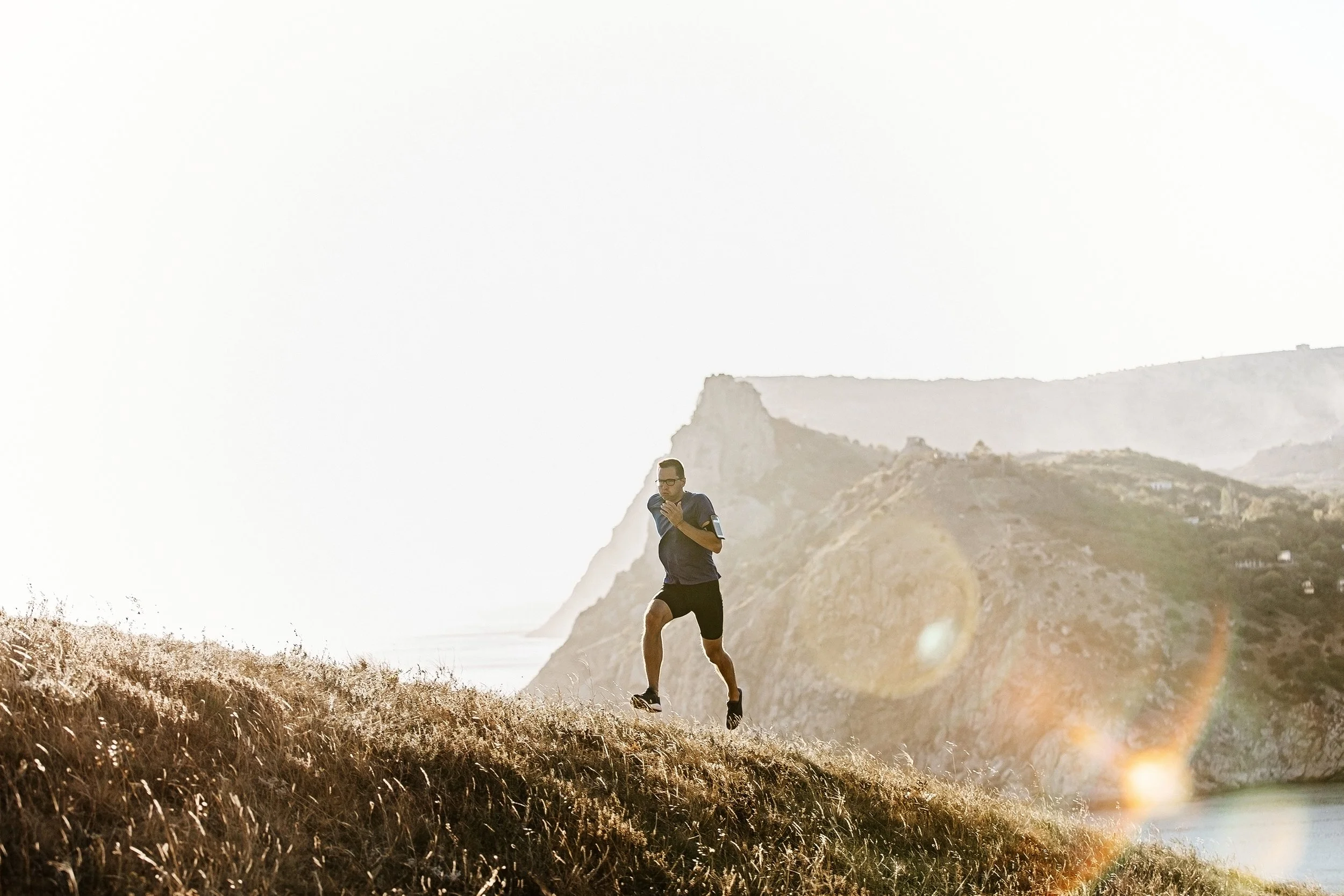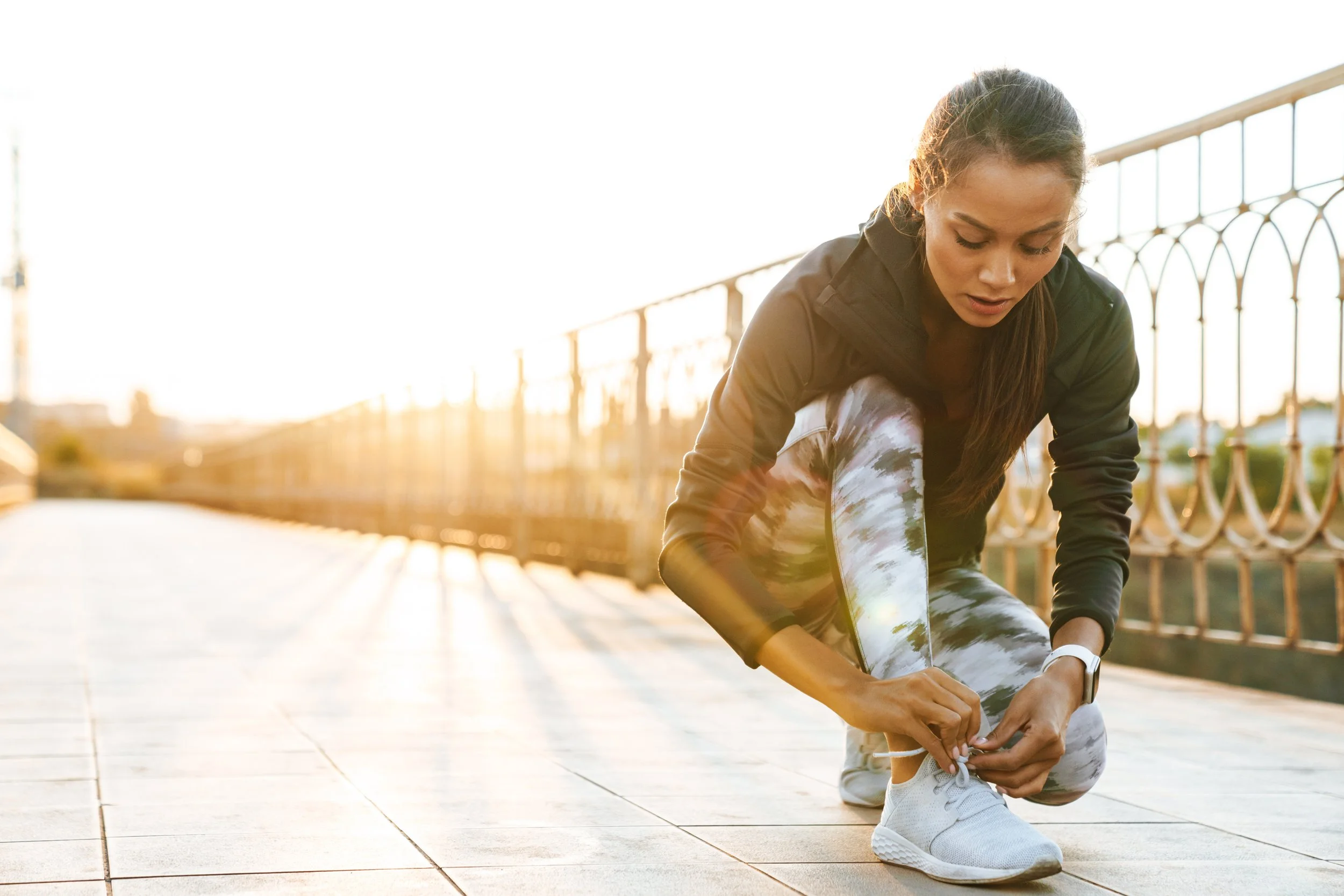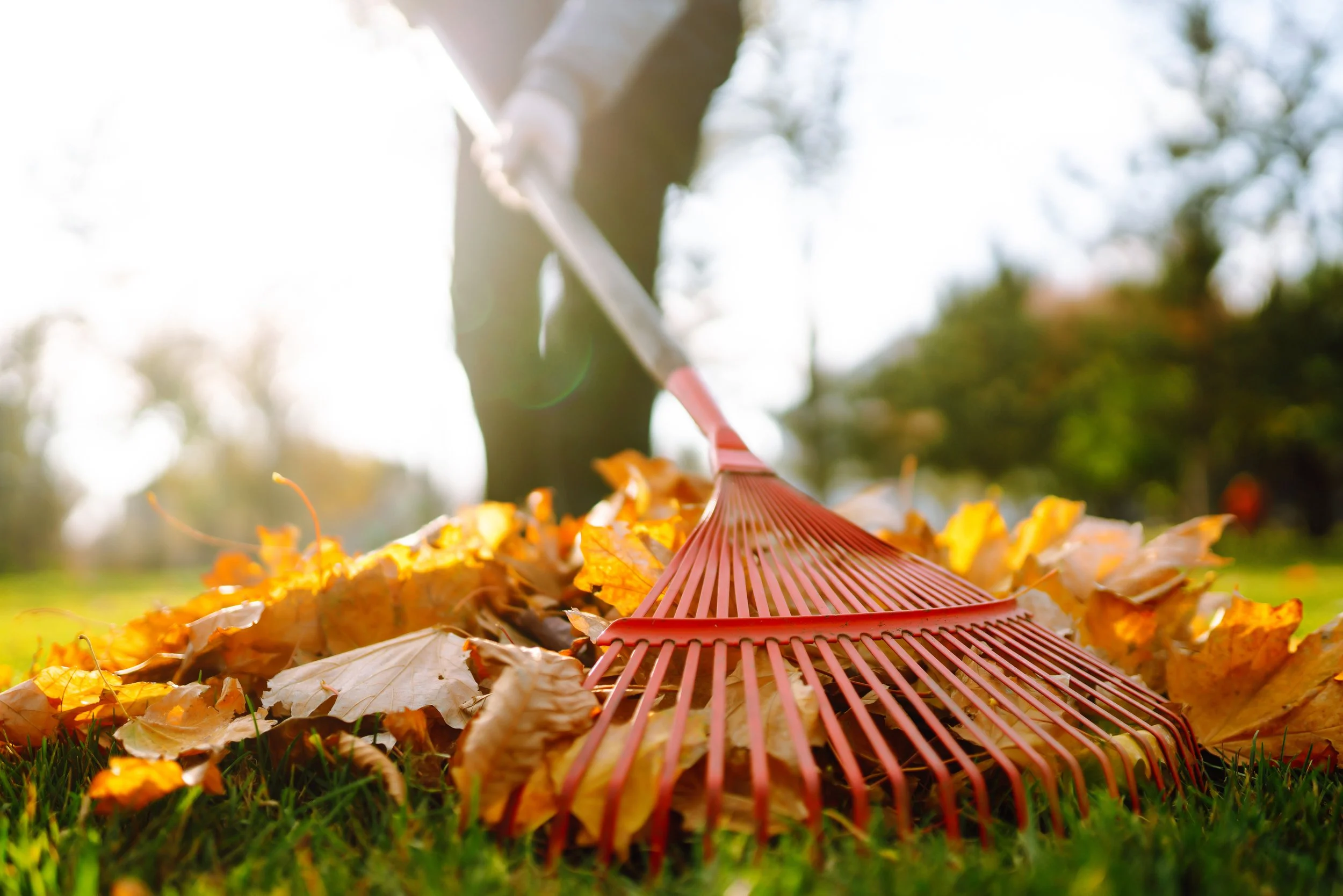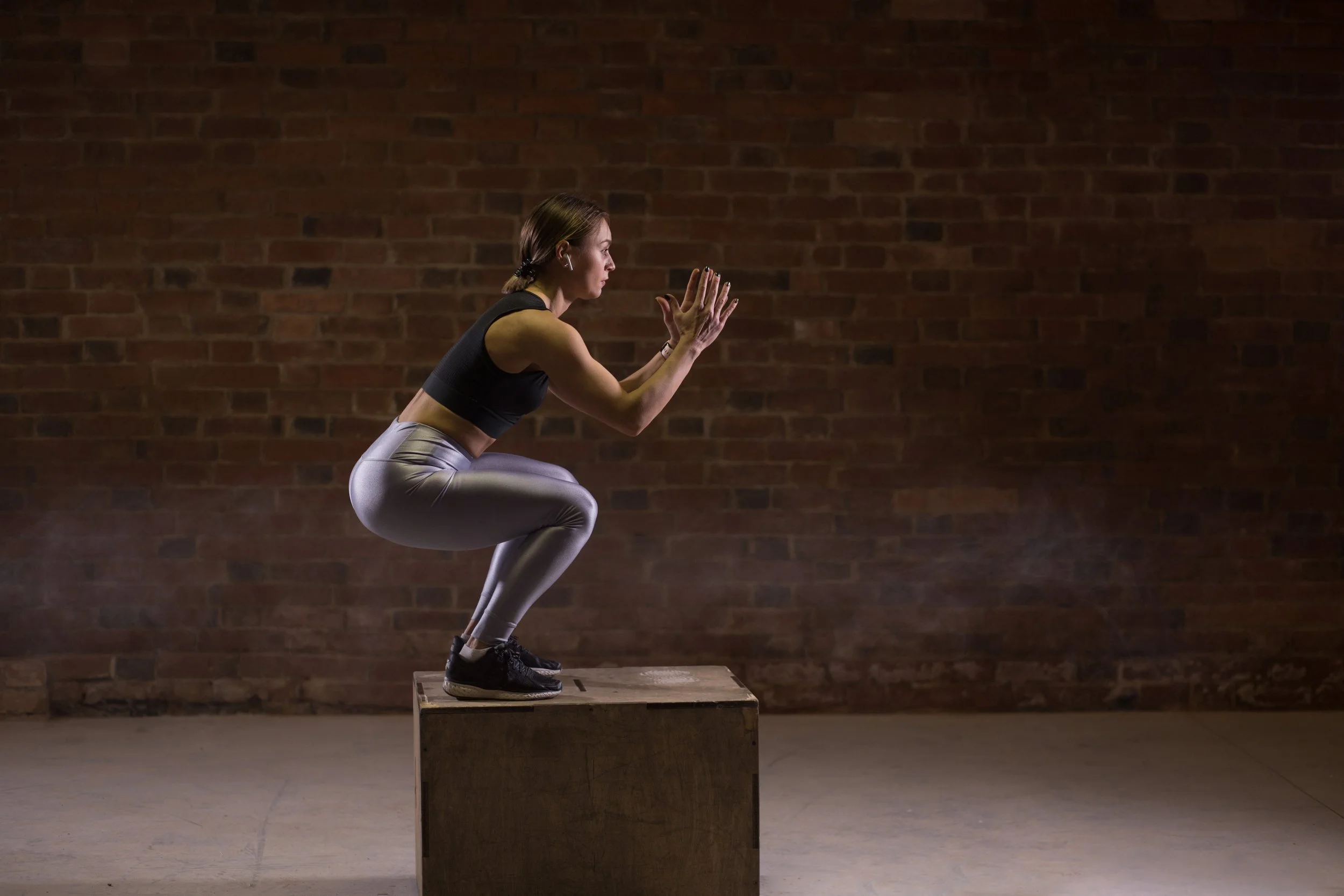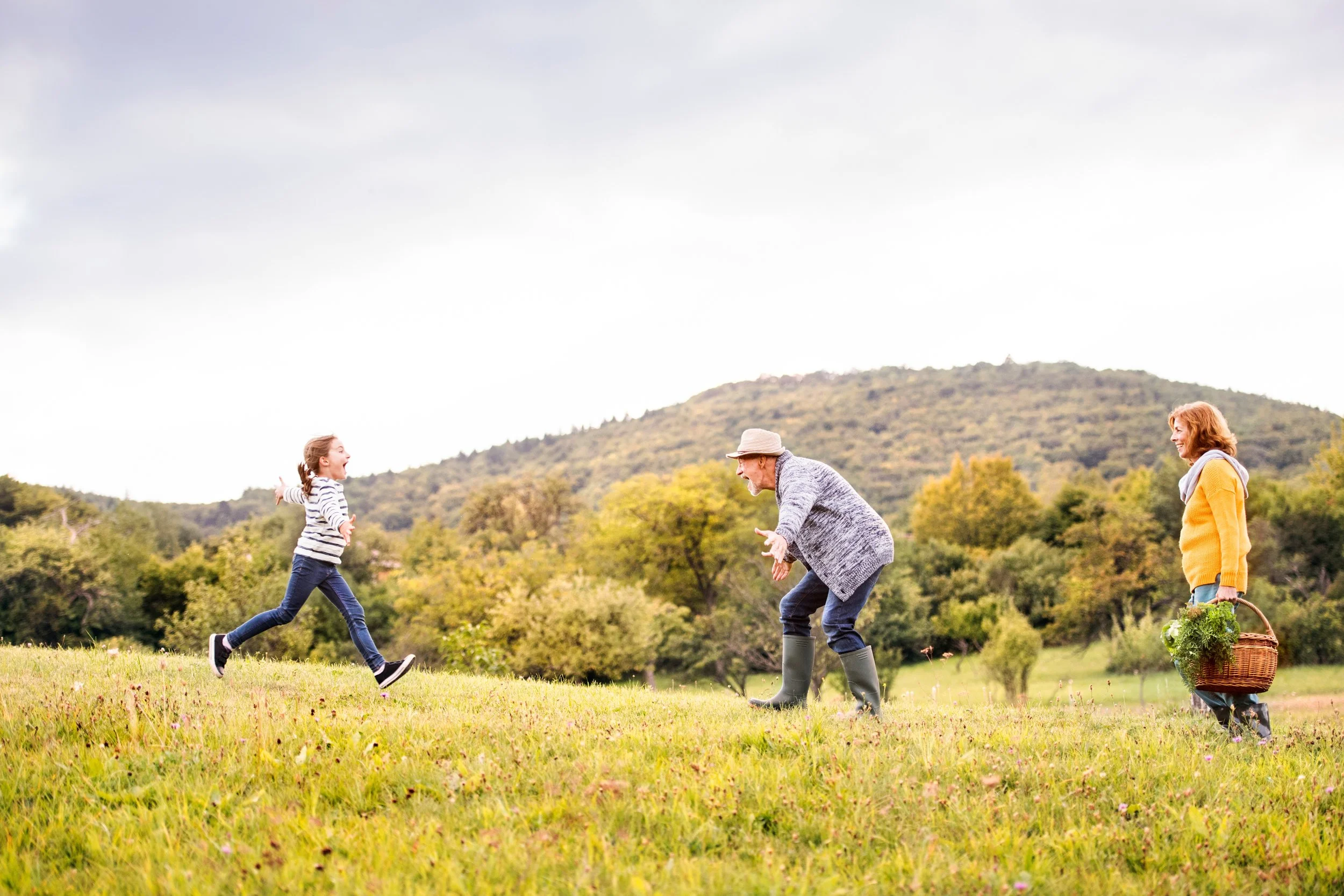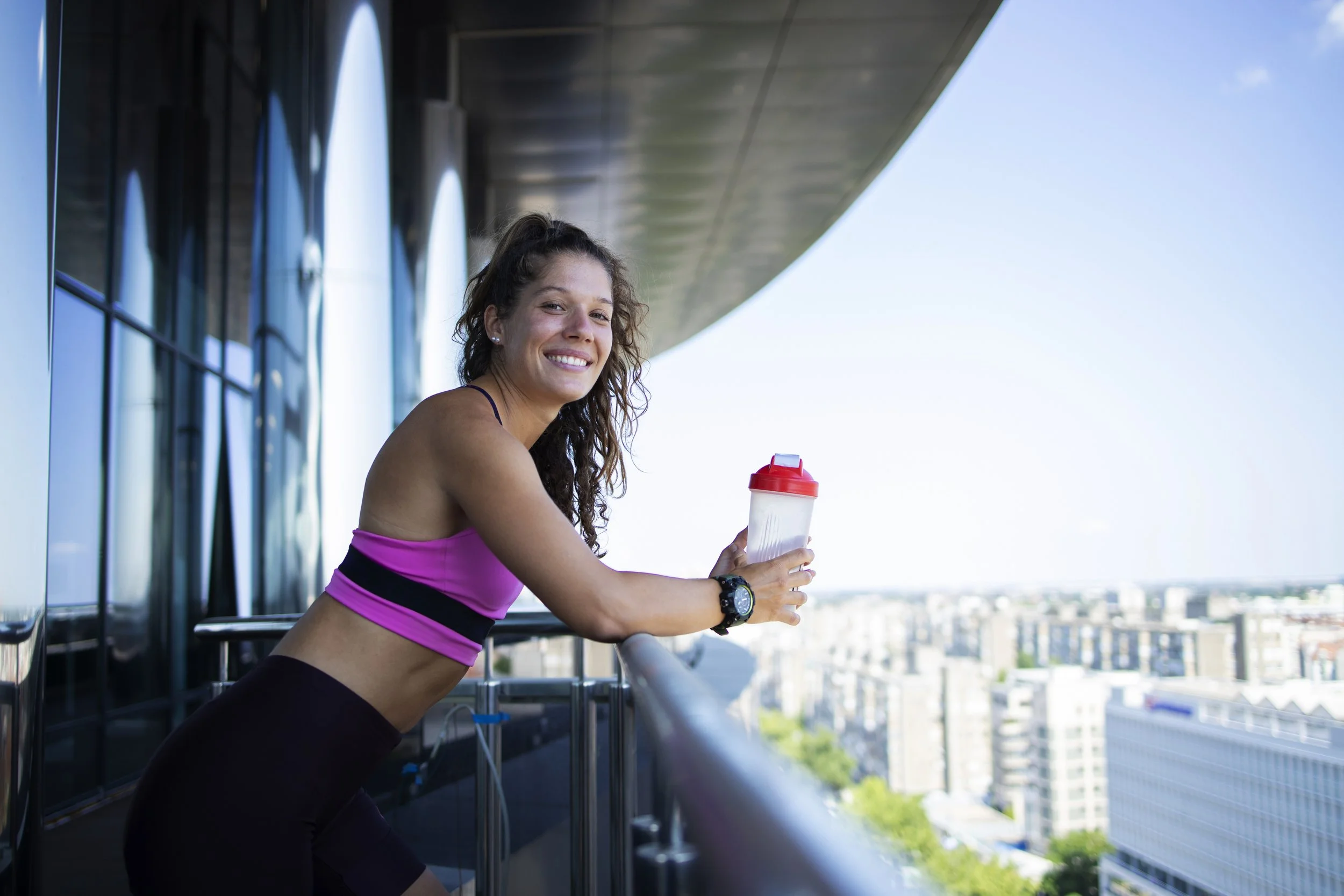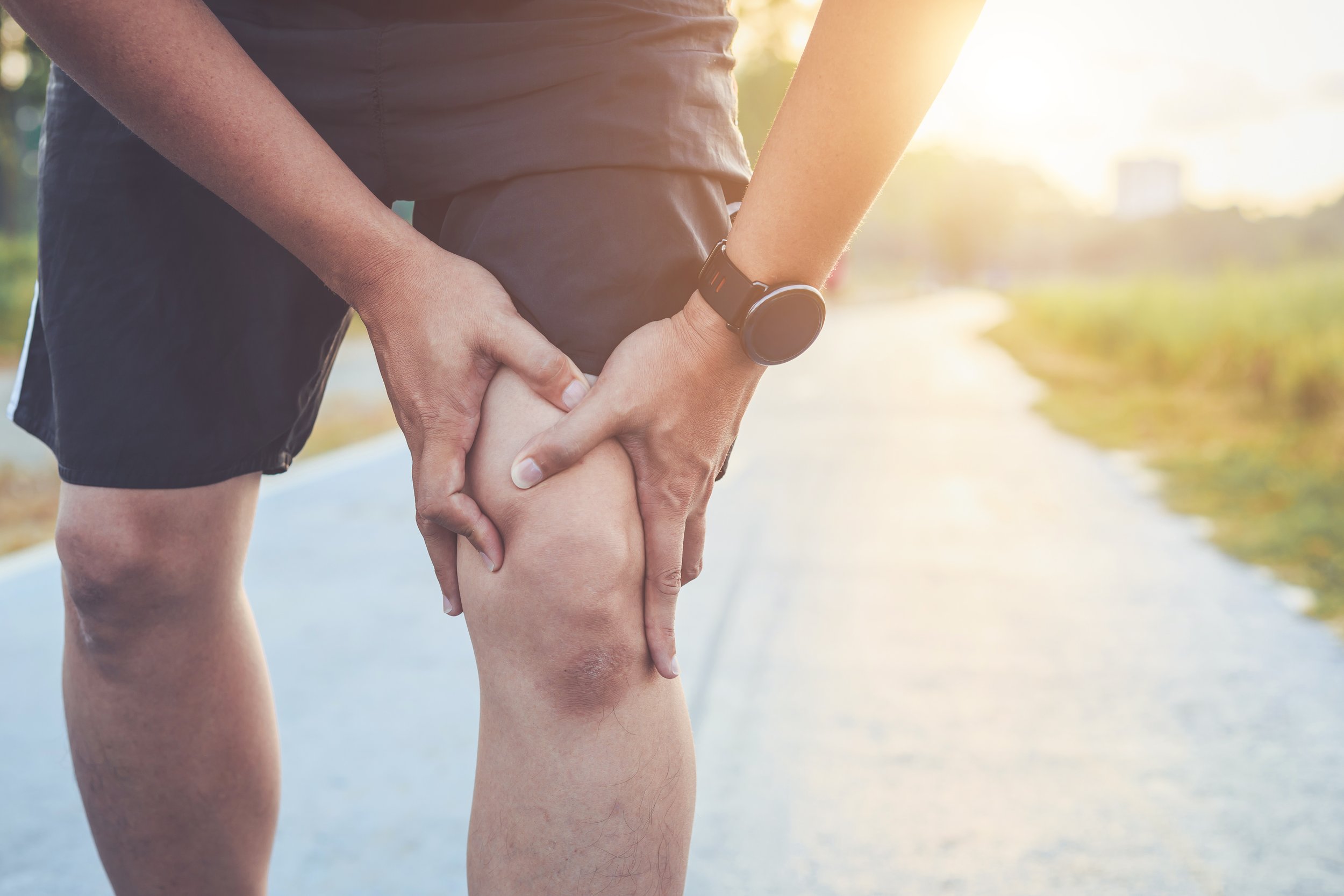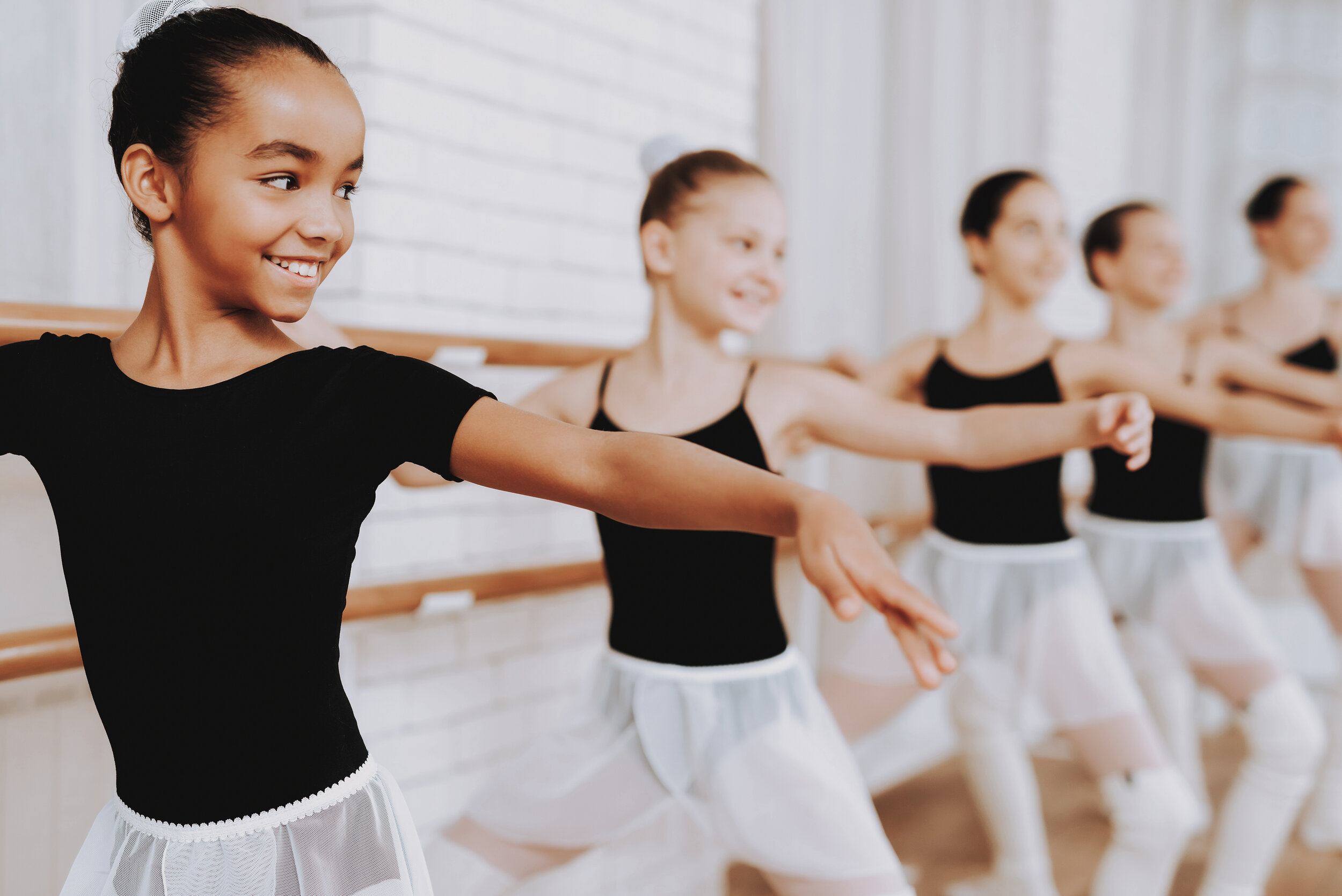Right now, I am 1.5 years post ACL surgery, but 3.5 years post ACL injury. I will be recalling my experience starting at the time of injury all the way through my individual Physical Therapy experience. This will be a multi-part series that tells my story, plus various research facts and personal details along the way.
Reducing Fall Risk
Falls have become the leading cause of injury for older adults. 27.5% of individuals 65 years and older have reported at least one fall in the past year.1 These falls can lead to serious injuries that involve broken bones or head trauma. Each year over 800,000 people in this age group are hospitalized due to a fall injury and 95% of hip fractures are caused by a fall.2 However, falls are preventable. Working to recognize the modifiable risk factors in our lives can help reduce the chance of fall and injury.
ACL Series Part 2: Surgery
Right now, I am 1.5 years post ACL surgery, but 3.5 years post ACL injury. I will be recalling my experience starting at the time of injury all the way through my individual Physical Therapy experience. This will be a multi-part series that tells my story, plus various research facts and personal details along the way.
Hip Osteoarthritis
Osteoarthritis is one of the most common orthopedic conditions among physical therapy patients. Osteoarthritis (OA) describes degeneration of cartilage and, eventually, bone in a moving joint. The development of OA can be the result of a previous injury or specific joint condition but is most often idiopathic in nature.1 Knees, hips, and thumbs are notorious for developing OA as a result of the large, repetitive forces these joints have to absorb over the course of a lifetime.2 The term OA refers to a wide spectrum of joint degeneration and can sometimes be used to describe a joint that appears damaged on an X-ray but doesn’t hurt or cause a decline in function (asymptomatic osteoarthritis). Various studies of the general population in the U.S. estimate that 20-28% of adults aged 60+ have evidence of hip OA on an X-ray, yet only 4-10% of this population have pain or poor function due to hip OA.3,4 Although an X-ray may show hip joint degenerative changes, treatment generally does not occur until someone begins to have symptoms.
Exercise After COVID
What to know about getting back into activity following a diagnosis of COVID
With the most recent spread of Covid across the country, The Journal of the American Medical Association has recently released guidelines on the safest way to return to exercise following all levels of Covid infection. As physical therapists, we are responsible to help our patients return to safe exercise, and should be taking responsibility for returning our patients safely to exercise following Covid. Here are some things to consider for best practice when returning to activity following a COVID diagnosis depending on severity of symptoms.
ACL Series Part 1: Pre-Surgery
Right now, I am 1.5 years post ACL surgery, but 3.5 years post ACL injury. I will be recalling my experience starting at the time of injury all the way through my individual Physical Therapy experience. This will be a multi-part series that tells my story, plus various research facts and personal details along the way.
Early Sports Specialization
Early Sport Specialization (ESS)
Before I explain why, lets briefly get on the same page with a definition for Early Sport Specialization (ESS). Typically ESS refers to year-round (for at least 8 months) intensive training or competition in an organized sport by young athletes (<12 years of age) while excluding all other sports.
Injury Risk
One of the most studied problems with early specialization is increased injury risk compared to peers. The biggest factor contributing to this increased risk was participation in any individual sport for greater than 8 months of the year3. This is especially true in baseball pitchers where pitching for more than 8 months per year was correlated with a 500% increase in risk for Tommy John surgery. (I discuss this and other risk factors for UCL injury in my blog “Minimizing the Risk for UCL Injuries in Throwers” *hyperlink). Across all sports there is an increased injury risk of 1.81 times in highly specialized athletes compared to their multi-sport peers5.
Knee Osteoarthritis in Runners?
Does Running Cause Knee Arthritis?
In my practice, I frequently have the opportunity to interact with runners. Running is a repetitive activity that certainly has injury risk. I do frequently come across runners and people who have quit running saying something like: “I know running will give me arthritis, but I just love to do it.” or “I quit running because I was afraid of developing arthritis in my knees.” Common thought continues to be that the impact of running does lead to arthritis.
Examining the Evidence
Do our perceptions meet reality? Let’s look at the research to find out.
Spondylolysis and Spondylolisthesis
Spondylolysis is estimated to occur as much as 25-60% in athletic populations The most common age group for occurrence is 11-18 years old, with higher likelihoods of injury occurring during puberty and growth spurts. Adolescents today typically play multiple sports throughout the year, often overlapping with minimal to no rest between seasons. Sports involving high impact and spine loading, as well as trunk rotation and extension, have a higher incidence of spondylolysis. Research shows football, gymnastics, power lifting, diving, baseball, softball, hockey, basketball, and soccer tend to have an increased risk for this injury……
Raking Leaves
The annual prevalence of patellofemoral pain in the general population has been found to be over 22%! Anterior knee pain is not just a problem for young adults and adolescents. In this article, I’d like to provide you with several key tests you can use to help determine if you may have patellofemoral pain and then outline how a physical therapist can successfully help you recover.
Patellofemoral pain is largely a diagnosis of exclusion. There can be many causes of knee pain and it is important for your healthcare provider to properly assess your individual condition. Many individuals have anterior knee pain with prolonged sitting with flexed knees.
There are three common provocative diagnostic tests that are most closely correlated with patellofemoral joint pain:
Squatting
Climbing Stairs
Eccentric Step-Down Test
Research has linked several key factors that may contribute to an individual developing patellofemoral pain. These factors are not present in everybody who has symptoms, but there are often impairments in one or more of these areas found during a physical therapy exam.
To the Mountains!
As most people learned to punt last year, outdoor recreation was one of the activities that people could do to keep busy while social distancing. There was an explosion in Nordic (cross-country) and backcountry skiing. These often get confused as the same thing but they are very different sports requiring quite different equipment and are different altogether than resort skiing. With resort skiing, injuries tend to be more traumatic such as occurs when crashing at a high speed or misjudging a turn. Resort or inbounds skiing was covered in a past blog so we will turn attention to Nordic and backcountry skiing now. In these disciplines, injuries tend to result from repetitive stress. Pole length, pole grip and pole adjustability are very important with Nordic and backcountry skiing to avoid overuse. It can be helpful to understand the benefit of sport-specific training when one has a good grasp of what each sport requires. This is especially important when starting a new sport as it will help to develop appropriate training habits while learning form and ultimately will optimize performance.
En Pointe?
Many young ballet dancers dream of one day performing on stage. One of the essential elements of becoming an accomplished ballerina is that of being en pointe. Not every ballet dancer reaches the level of dancing en pointe, but many do. Questions regarding "When is pointe work safe?" and "What needs to be considered before beginning pointe work?" are commonly asked.
In general, ballet dancers should not begin pointe work until around the age of 12. Age alone is not the only determining factor as many other markers need to be met. There is a level of physiological maturity that needs to occur. Development can vary. In general, a young dancer who is in a pre-professional track with a ballet school will be groomed from the age of 8 or 9. There is a specific curriculum addressing flexibility and strength with appropriate progression. Proper technique instruction involving placement and pelvic alignment is taught in these classes. Usually, after 4 years of specific training and the addition of ballet classes to 3-4X/week, a young dancer will meet the criteria to begin rising onto her toes more safely….
Patellofemoral Joint
The annual prevalence of patellofemoral pain in the general population has been found to be over 22%! Anterior knee pain is not just a problem for young adults and adolescents. In this article, I’d like to provide you with several key tests you can use to help determine if you may have patellofemoral pain and then outline how a physical therapist can successfully help you recover.
Patellofemoral pain is largely a diagnosis of exclusion. There can be many causes of knee pain and it is important for your healthcare provider to properly assess your individual condition. Many individuals have anterior knee pain with prolonged sitting with flexed knees.
There are three common provocative diagnostic tests that are most closely correlated with patellofemoral joint pain:
Squatting
Climbing Stairs
Eccentric Step-Down Test
Research has linked several key factors that may contribute to an individual developing patellofemoral pain. These factors are not present in everybody who has symptoms, but there are often impairments in one or more of these areas found during a physical therapy exam.
Standup Paddle Boarding
As the mornings are getting longer and Lake Washington is getting calmer, it’s the perfect time to start training for our summer water sports! As a water sports enthusiast in the Pacific Northwest, it can be hard to keep on top of training for water skiing and wakeboarding in the winter, but it is not too late to get yourself summer ready. Although waterskiing is my summer sport of choice, many of these tips can apply to wakeboarding and wake skating as well.
Importance of pre-season training
The most common injuries while water skiing are lower extremity sprains and strains. This is often hamstrings, glutes, or low back, but ankle sprains can also occur following a fall if your ski is pulled off your foot.1 I also see injuries to the shoulders and upper back, frequently due to poor conditioning and training. While accidents happen, sprains, strains, and post-exercise soreness can often be prevented with appropriate conditioning and sport specific training.
Waterskiing
As the mornings are getting longer and Lake Washington is getting calmer, it’s the perfect time to start training for our summer water sports! As a water sports enthusiast in the Pacific Northwest, it can be hard to keep on top of training for water skiing and wakeboarding in the winter, but it is not too late to get yourself summer ready. Although waterskiing is my summer sport of choice, many of these tips can apply to wakeboarding and wake skating as well.
Importance of pre-season training
The most common injuries while water skiing are lower extremity sprains and strains. This is often hamstrings, glutes, or low back, but ankle sprains can also occur following a fall if your ski is pulled off your foot.1 I also see injuries to the shoulders and upper back, frequently due to poor conditioning and training. While accidents happen, sprains, strains, and post-exercise soreness can often be prevented with appropriate conditioning and sport specific training.
Pickleball
To learn more about pickleball and shoulder injuries, I decided to ask a local, avid pickleballer who also happens to be an expert shoulder surgeon, Dr. Samuel Koo. Dr. Koo practices at ProOrtho in Kirkland, WA where he specializes in the prevention, diagnosis, and treatment of a variety of shoulder injuries. When Dr. Koo isn’t helping the community with their shoulder injuries, you can often find him on a nearby pickleball court. Dr. Koo first found pickleball about 3 years ago after he was introduced to the game by a friend. His current pickleball addiction is fueled by his history of playing tennis and ping pong.
When asked to compare tennis and pickleball, Dr. Koo says “The biggest difference between pickleball and tennis is that tennis places a premium on the overhead shot—mainly serves and overheads at the net—while pickleball is mostly a game played below your waist.” Given the underhand nature of the game of pickleball, one would expect a lower occurrence of shoulder injuries than in tennis where overhand serving is a major component of the sport.
If you have ever played or watched a game of pickleball, this distinct difference is easy to appreciate. The shorter paddle, slower ball speed, lower net, and smaller court does not place the same demands on the shoulder, or body in general, as in tennis. With the shoulder moving through lower, quick paddle swings near the body, there tends to be less demand into the end ranges of shoulder motion which can reduce the stress on muscles and ligaments surrounding the shoulder joint. Conversely, when the arm quickly accelerates and decelerates through an overhead swing, there are greater demands on the dynamic stability of the shoulder. In pickleball, this type of racquet activity is less common.
Work From Home
What kind of office chair should I get?
With work from home here to stay, patients are asking this question more than ever. The kitchen chair or couch has lost it’s novelty long ago, and your neck and back are telling you it is time. Looking at how patients are sitting in chairs throughout my career, I have noticed common pitfalls in office chair buying. In this blog I’ll share three things that are often overlooked when shopping for a chair.
The seat pan: This is the length of the seat from back to front. If this is too long, the patient ends up perching on the edge of the chair to avoid the back of the knees getting compressed. To test if it is too long, see if you can fit 4 fingers between the chair and the back of your knee. If there isn’t much room for your fingers, it is too long. To avoid this problem, you can look for a chair with adjustable seat depth.
Adjustable lumbar support: Very often, the curve in the chair does not line up with the inward curve of the lower back. Well positioned lumbar support is important to adequately support the spine when you are sitting. There are different mechanisms for this, such as the backrest sliding up and down.
Try out your chair in person before you buy. It is possible that your thighs are long enough and your back is curved just right so that you only need basic adjustability. But most of us don’t match up that well, so looking for these extra features could save you the headache and pain in the butt, literally. For more tips on seating, computer and desk ergonomics, visit your Lake Washington Physical Therapy clinic! Or, come by and see what office chairs we landed on at our new location in West Seattle. #Ducky’s #local business
Laura Bouma, PT, DPT, OCS, CMPT
Protecting Pitchers Elbows
Minimizing the Risk for UCL Injuries in Throwers
The Biomechanics of the baseball throw:
Baseball fans thrive on interesting facts and statistics, but out of all of these facts, the science behind throwing a baseball has to be the most fascinating. The way that an elite athlete’s body can act as a coiled spring, transmitting the necessary forces to turn a baseball into an eye-blur is truly awe-inspiring. During the throw the elbow functions as a hinge joint, going through rapid extension at about 2400°/s for a professional pitcher. (Which is the equivalent of saying that in 1 second the arm could whip around 360° nearly 7 times). Accelerating to this incredible speed places a force on the Ulnar Collateral Ligament (UCL) of your elbow reaching 64Nm (nearly 50lbs).4 Not surprisingly, there is some fallout over time due to the transmission of this high force.
Will Tiger Return?
Will Tiger Woods Return to Golf?
Tiger Woods has undergone several surgeries after his most recent accident. What does this mean to his return to daily life and potentially the course?
On February 23, 2021 golf made national news after Tiger Woods got into a single car accident while driving to the golf tournament that he was hosting in Pacific Palisades, California. He was extracted from the car and headed straight into surgery sending the golf world into a frenzy. Would the superstar return to golf? How long until we get the “Big Cat” back on tour? Will he even come back after recovery? Although most of those questions are up in the air, lets take a dive into the injuries that Tiger sustained to get a better understanding of the tough road ahead.

